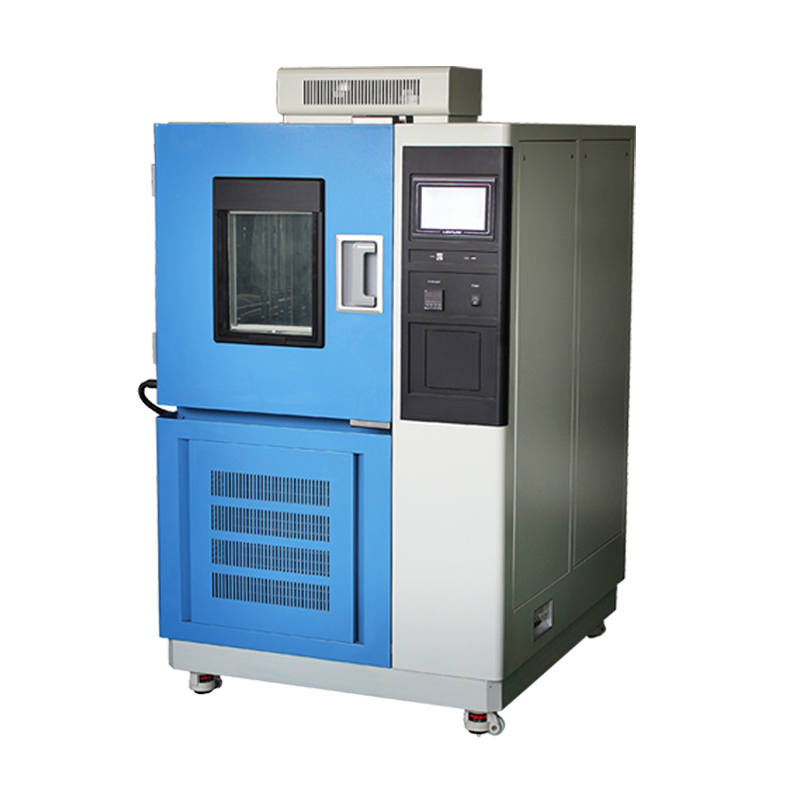In an increasingly competitive market, product quality has become the lifeline for companies to establish and grow their presence. A single quality incident can not only result in significant financial losses but also severely damage brand reputation and customer trust. How can businesses control product quality at the source and mitigate potential market risks? Constant temperature and humidity chambers play an indispensable role in this process.
Why Does Product Quality Require "Environmental Testing"?
The vast majority of industrial products face complex and ever-changing environmental conditions during use: high temperatures, low temperatures, humidity, dryness, thermal cycling, and more. Whether it's electronic devices, automotive components, pharmaceuticals, precision instruments, or daily chemical products, environmental adaptability is often the key factor determining their lifespan, stability, and safety.
If products are launched without rigorous environmental simulation testing, they may suffer from batch-level failures in real-world conditions. At best, this leads to soaring after-sales costs; at worst, it can trigger large-scale recalls and even legal liabilities. For this reason, leading manufacturers have long regarded environmental reliability testing as an essential step in product development and production processes.
Constant Temperature and Humidity Chambers: Simulating Reality, Predicting Risks
Constant temperature and humidity chambers simulate product performance under extreme or prolonged environmental conditions by precisely controlling internal temperature and humidity. They can replicate various climatic conditions—from cold and dry to hot and humid—within a laboratory setting, enabling engineers to comprehensively evaluate product performance and material durability.

Whether for selecting new materials, validating prototypes, or conducting final pre-production verification, this equipment provides critical data to ensure products maintain expected functionality even in harsh environments. This allows companies to identify and rectify potential defects before market launch, significantly reducing the risk of customer complaints and after-sales issues.
Core Technology: Precision, Stability, and Reliability
A high-quality constant temperature and humidity chamber reflects a manufacturer’s deep expertise in temperature control technology, airflow design, sensor accuracy, and system stability. The equipment must maintain highly consistent temperature and humidity control over long-term continuous operation—even minor fluctuations as subtle as ±0.1°C in temperature or ±1% RH in humidity can compromise the validity of test results.
Therefore, choosing a technically mature and reliable chamber brand is critical. It is not just a step in the laboratory process but a fundamental infrastructure in a company’s quality system, directly impacting product compliance, industry certifications, and market access qualifications.
Beyond Compliance: A Competitive Advantage
As international standards (such as ISO, IEC, and ASTM) and industry regulations become increasingly stringent, requirements for environmental testing continue to rise. Conducting systematic testing with constant temperature and humidity chambers is not only about meeting regulatory and customer demands but also a key way for companies to demonstrate product reliability and technical prowess.
In a market where consumers increasingly prioritize quality and safety, offering products that have undergone rigorous environmental validation is itself a differentiator. In the long run, this upfront investment not only reduces risks but also enhances brand credibility and market share.
Though often operating behind the scenes, constant temperature and humidity chambers are indispensable guardians of quality in modern manufacturing. They help businesses simulate real-world conditions, predict problems, and refine designs, fundamentally preventing product failures due to environmental factors. In an era where quality equals competitiveness, investing in reliable environmental testing equipment provides the core assurance companies need to mitigate market risks and earn customer trust.












